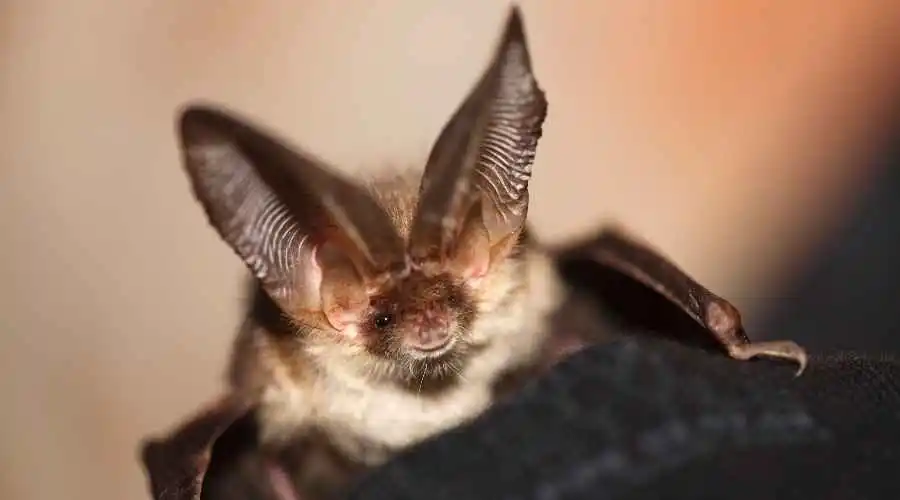If you’ve never had to deal with bats in your home, they may not come to mind right away. Some California homeowners have to cope with bats breeding on their property, which may give the community an eerie air.
Bats in your attic, whether you think they adorable or horrifying, may pose a number of problems if they reside there. They have a negative impact on public health because of the garbage they produce and the possibility of bites. Take these actions if you think bats are invading your house.
What brings bats to your house in the first place?
When bats choose to dwell inside, they often search for areas that are calm, dark, and accessible so they may graze at night. There are barns, chimneys, attics, and areas inside of walls in this category.
The National Wildlife Federation says that hibernate bats can handle temperature changes up to 120 degrees Fahrenheit. Because bats can hide their nests so well, it can be years before a homeowner finds a bat colony in their home. Here are some signs that bats might be living in your home:
- The poop is piled up in one part of the attic or near the door.
- Rain has caused damage to the insulation in the attic.
- The walls of the attic are stained with urine.
- Most likely, the strong ammonia smell in your attic is caused by the presence of human waste.
- Hearing sounds in the background, like scraping or squeaking.
- Seeing real bats, whether they are alive or dead.
It probably got there by mistake if you come home and find a bat in your living room or attic. Bats can get outside through holes in the attic, but they might get stuck in your bedroom and unable to get out.
Should there be bats in my neighborhood?
The majority of people hold misconceptions about bats, according to the New Jersey Agricultural Experiment Station at Rutgers University. Contrary to popular belief, bats have normal eyesight. Yet, to better locate prey and avoid obstacles in low light, their eyes have been altered. Many bats that eat nectar have an advantage when they look for flowers at night because they can see UV light.
Most bats, including those in California, feed on insects. Bats, which are vital nocturnal species, assist to keep mosquitoes, moths, caddisflies, midges, and other tiny insects at bay.
Bats can precisely determine the size and speed of their prey via echolocation. You may be able to hear the small clicks of bats as they glide over the night sky if you live near a bat colony.
Why do these bats keep coming to my house?
Bats are creatures that follow habits. If they succeed, they will return to the same place every year. Most likely, the same bats will come back if you don’t make it hard for them to get in. Bats have one or two babies yearly, which they raise in secret in your attic or chimney.
You could get bitten if you don’t do something and call pest control or wildlife management business in your area. Rabies can sometimes be passed from bats to people through the saliva they leave behind.
How could you stop bats from getting into the attic?
The cost of bat removal varies according on the size of your home and the amount of effort required to keep them out. For instance, installing bat control measures in residences with a single point of entry is often less expensive than installing them in locations where bats may enter from many points.
Where can I find help from a pro?
Bats that have migrated inside buildings like houses or barns are often difficult for animal control organizations in cities to exterminate. If you have inquiries concerning the strategies utilized to eradicate bats in your city or county, get in touch with the Animal Control office there.




